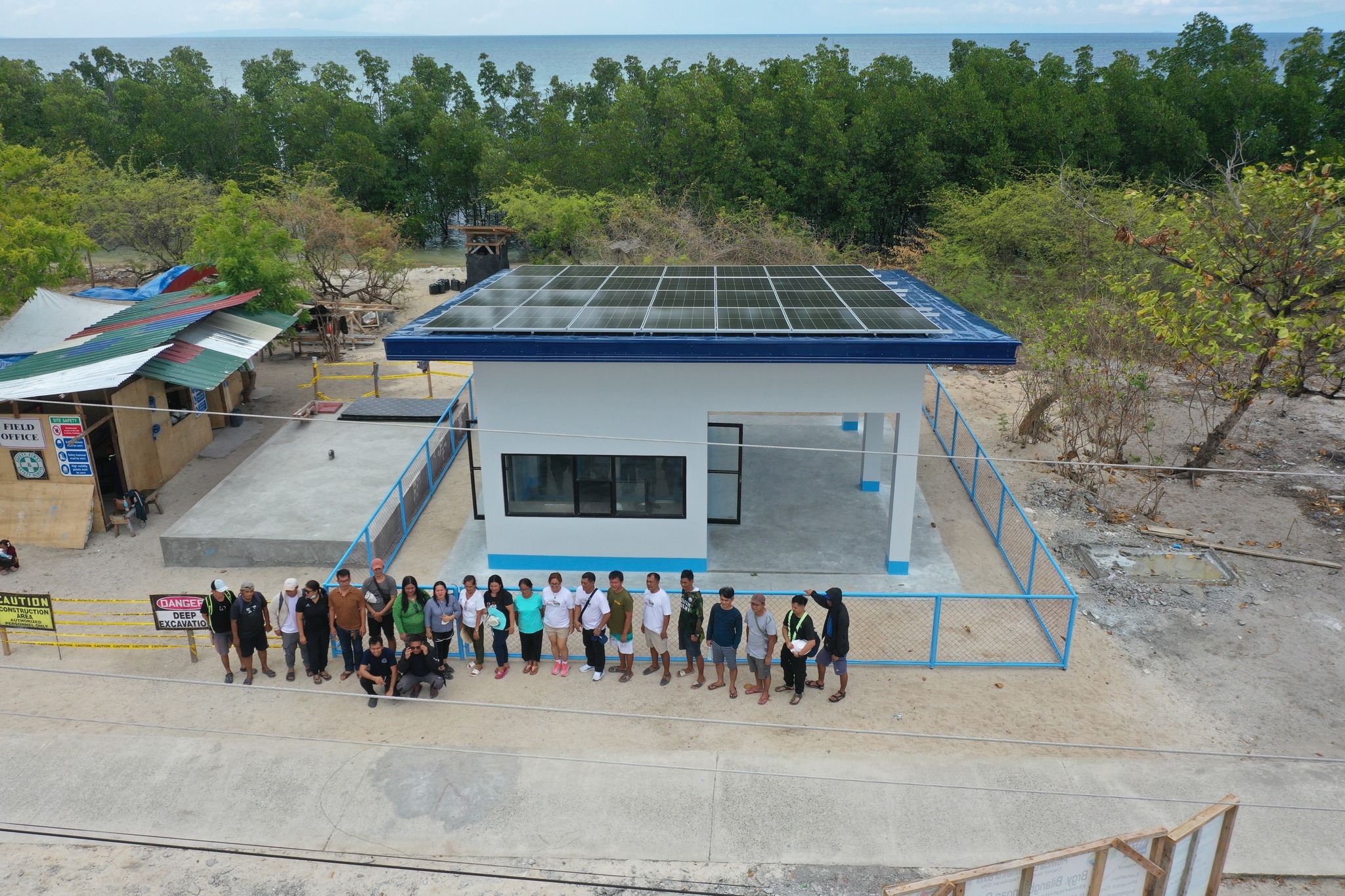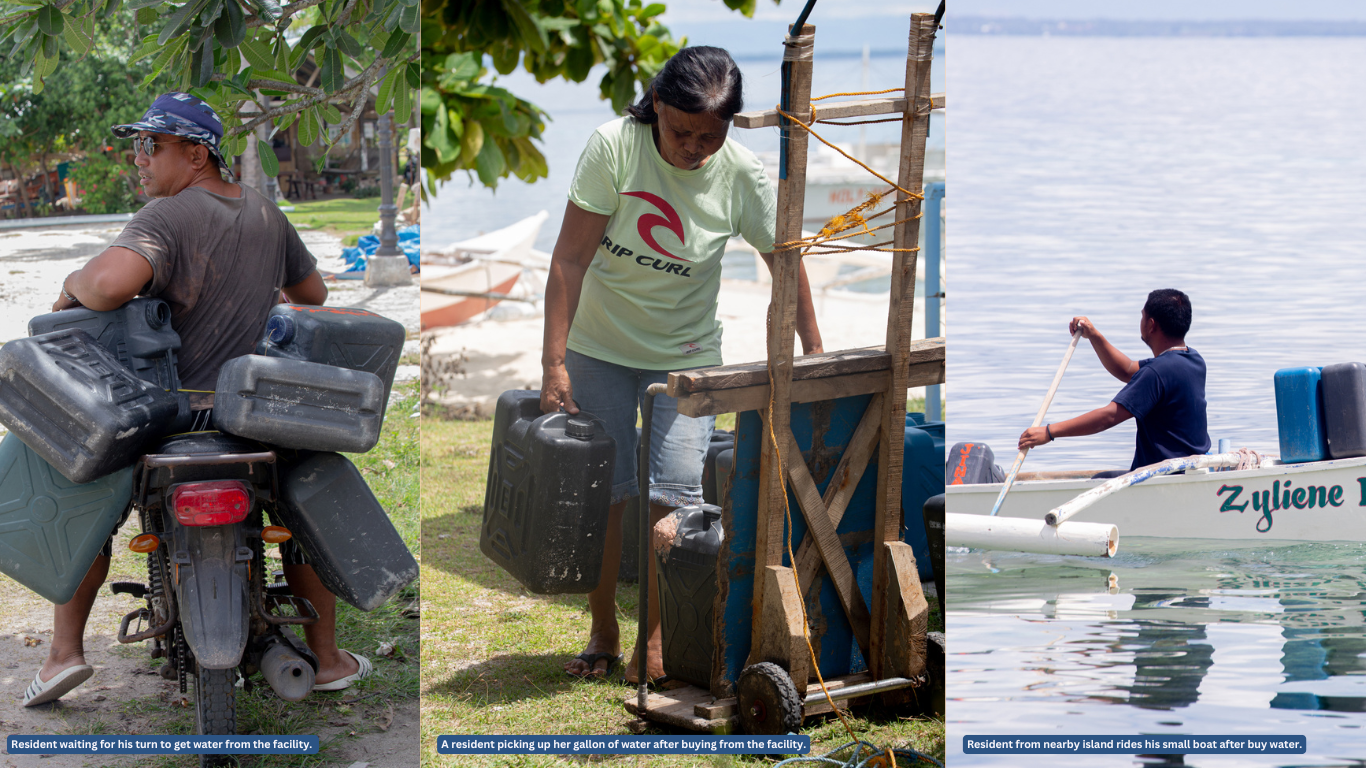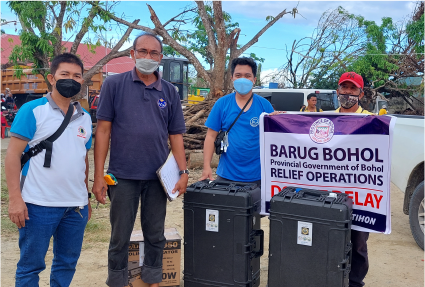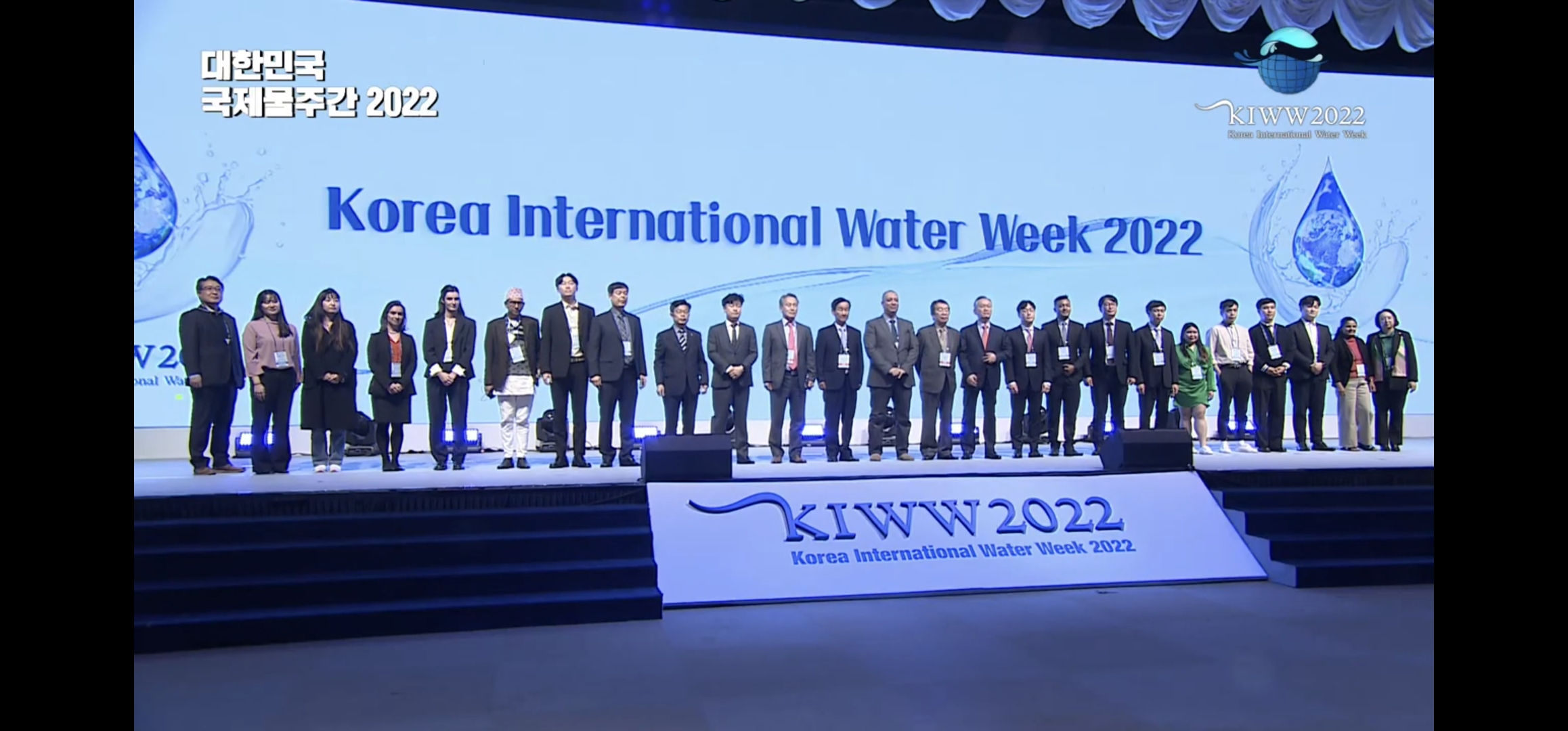Turning Tides: A Secured Water Future for Filipinos through Desalination
Many local governments are now turning to desalination as an additional source of water amid prolonged effects of El Nino and groundwater depletion.

Many local governments are now turning to desalination as an additional source of water amid prolonged effects of El Nino and groundwater depletion.

Supply of potable drinking water has long been a challenge for island communities in Bohol.

Two barangays in the Province of Bohol are set to get their own Solar Powered Desalination facility. A simultaneous groundbreaking ceremony was held last September 17, 2023 for the upcoming desalination facility for Cataban island in Talibon, and Hingotanan West in Bien Unido Bohol.

Nxtlvl Water is among the finalists for Philippine Water Challenge Year 2, with our solar powered portable water filtration - Emergency Water Response and Powerbox 2.0.

For years, most island residents in the Philippines rely on rainwater for drinking and daily usage. Modern water solutions exist. It's time for PH to invest in such technologies and tap on the most sustainable and unlimited water source (THE SEA) to maintain water security for the country.

For many island communities in the Philippines, potable water security has been lacking for generations. Islanders often travel long distances to the mainland to buy water and face high prices, even for encatched rainwater. These expensive sources of water are also unreliable due to seasonal weather and typhoons.

Emergency Water Response (EWR) solution is one of the 10 selected solutions of the World Water Challenge 2022, during the Korea International Water Week held at Daegu, South Korea.
Place
